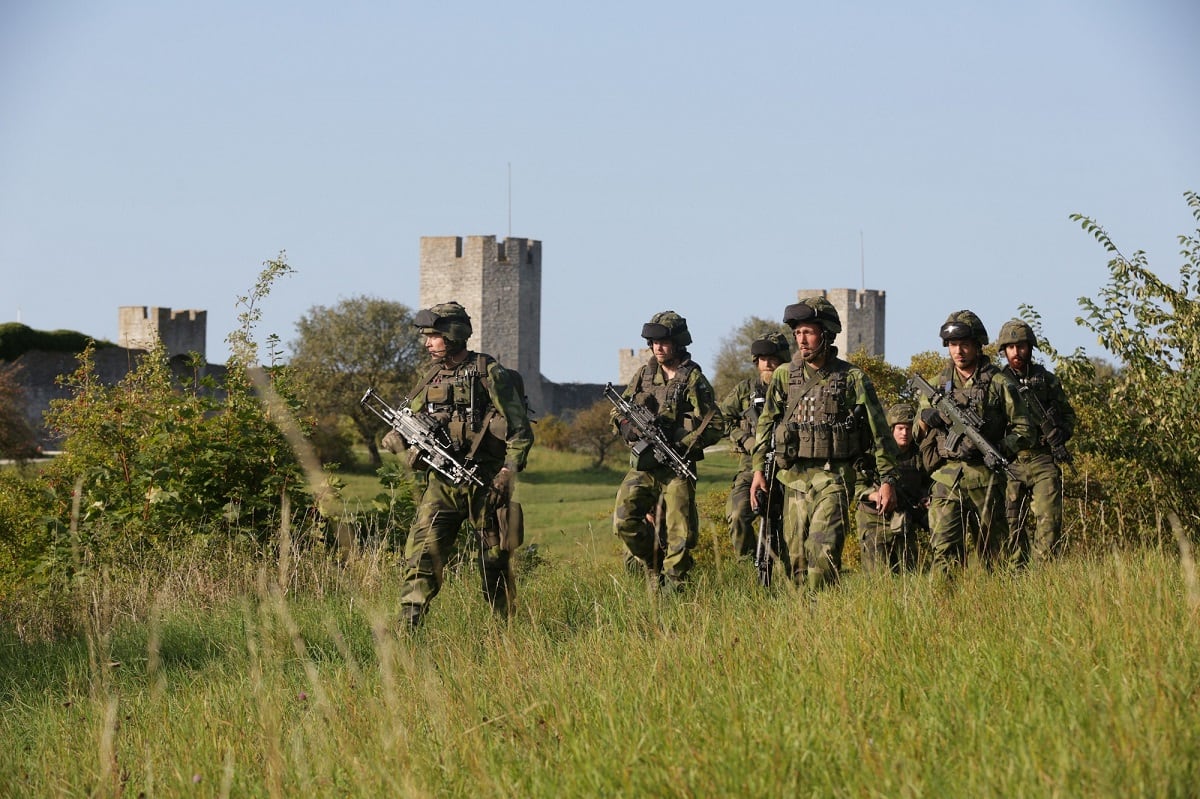WASHINGTON ― As it prepares for the reality of an invasion from a foreign power, Sweden is starting to retrain its citizens on how to survive a long, drawn out siege.
Step one? The release this week of a 20-page brochure, titled “If Crisis or War Comes,” to 4.8 million households in Sweden. The document, which will be translated into 13 different languages and also come in an audio version, is a how-to guide for preparing for a worst-case scenario.
“If we are prepared, both individuals and society as a whole will be better able to withstand severe stresses,” a news release about the brochure reads. “Those of us who live in Sweden need to become better prepared for the consequences of everything from serious accidents, extreme weather and IT attacks to, in the worst-case scenario, war.”
RELATED

Such information used to be commonplace in Sweden during the Cold War, sometimes distributed on the back of the phone book. In the wake of the 1990s thaw, however, Sweden allowed its homeland defense plans and training to lapse.
Now Stockholm is racing to catch up with an ambitious plan to train the entire nation ― military, civilian and commercial ― to transform overnight into a fortress against a foreign invader.
The new brochure is part of that overall effort. Inside, it contains a mix of survival tips, including a list of food and supplies that should be stored in case of an emergency; an explanation of what three different emergency sirens mean; and a section on how to identify fake news and rumors, encouraging citizens to think critically and check for multiple sources of information before acting on what could be false data.
“In Sweden there is a duty to contribute to total defence. This means that everyone who lives here and is between the ages of 16 and 70 can be called up to assist in various ways in the event of the threat of war and war,” the brochure reads. “Everyone is obliged to contribute and everyone is needed.”
Under the total defense plan that is being established, there are two key timelines: that it would take Sweden’s military a week to be fully mobilized, and that it would take three months before allied ground forces would be able to arrive in force to assist Sweden in reclaiming its territory.
Thematically, the brochure drives home the first point ― that citizens must be prepared to fend for themselves for a period of time while the military mobilizes and switches to a war footing.
Still, the concept is only in the early stages, something Swedish Defence Minister Peter Hultqvist acknowledged to Defense News during a recent interview.
“We have a need of money for both military defense and civilian defense, and now we have [a] need of money for total defense,” Hultqvist said. “We have started to build up the Swedish defense forces again. That will be a very long process, and that will take a lot of resources to do that.”
Aaron Mehta was deputy editor and senior Pentagon correspondent for Defense News, covering policy, strategy and acquisition at the highest levels of the Defense Department and its international partners.








